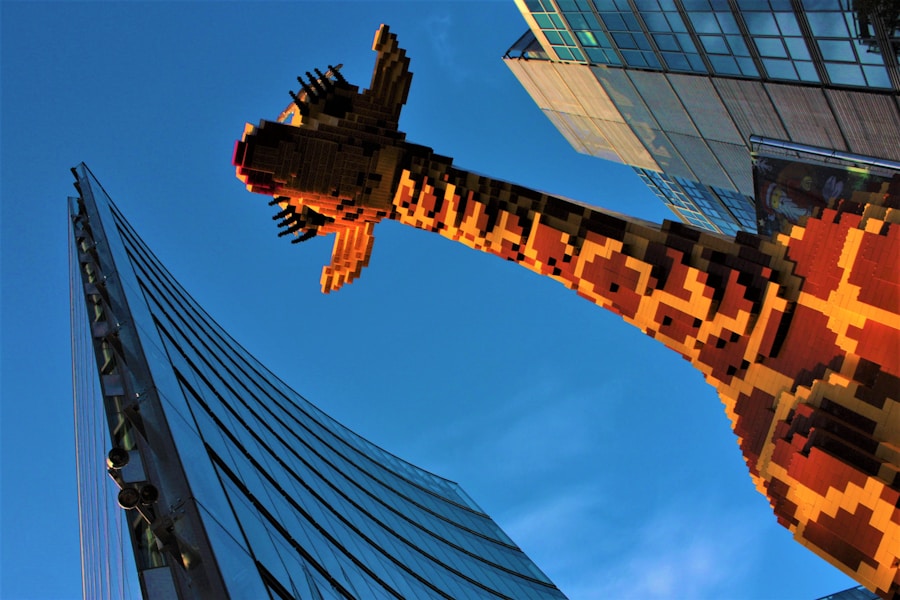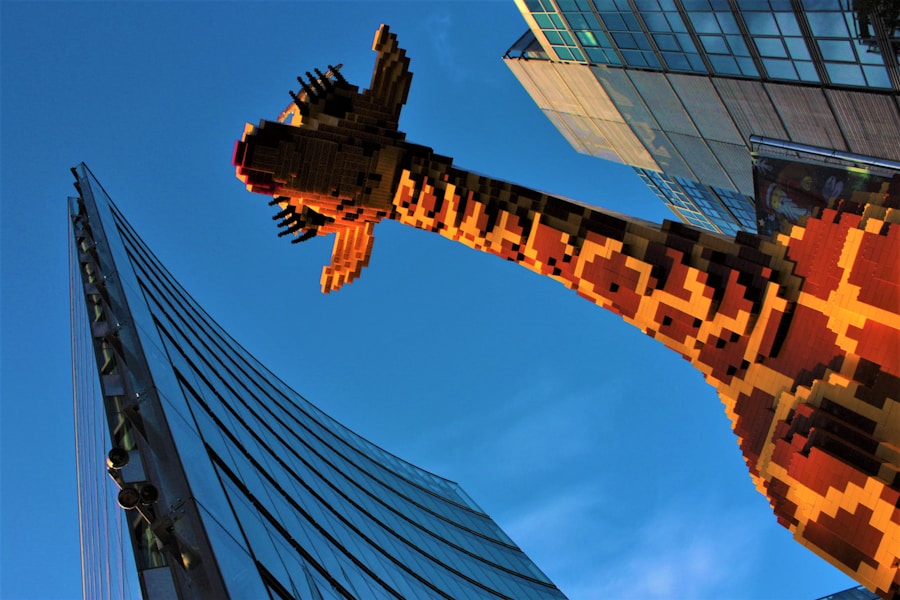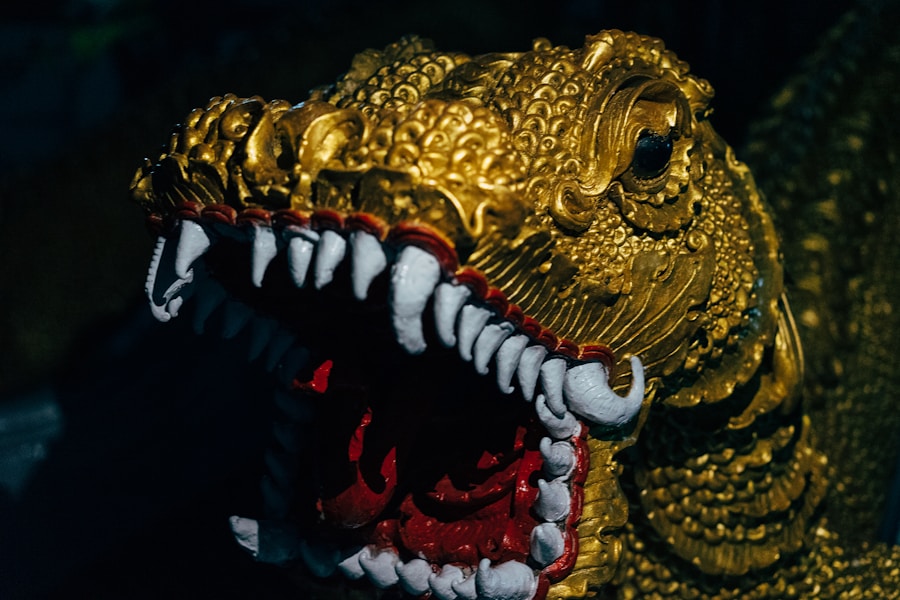The 1980s marked a significant era for kaiju monsters, those colossal creatures that have captivated audiences for decades. Emerging from Japan, these titanic beings were not merely products of imagination; they were reflections of societal fears, aspirations, and the cultural zeitgeist of the time. As you delve into this fascinating world, you’ll discover how kaiju monsters became symbols of both destruction and resilience, embodying the struggles of humanity against overwhelming odds.
The decade saw a resurgence in kaiju films, with iconic figures like Godzilla and new contenders entering the fray, each bringing their unique narratives and visual spectacles. During this period, kaiju films evolved beyond simple monster battles. They began to incorporate deeper themes, often mirroring the geopolitical tensions of the time.
The Cold War loomed large in the background, influencing not just politics but also popular culture. As you explore the kaiju genre of the 1980s, you’ll find that these monsters were not just mindless beasts; they were complex characters that represented the fears and hopes of a generation grappling with uncertainty. The kaiju phenomenon was not just about entertainment; it was a cultural commentary that resonated with audiences worldwide.
Key Takeaways
- Kaiju monsters became popular in the 1980s due to advancements in special effects and the rise of Japanese pop culture.
- The superpower competitions of the 1980s, particularly between the US and the Soviet Union, influenced the scale and power of kaiju monsters in movies and TV shows.
- The evolution of kaiju monster scales in the 1980s saw an increase in size, destructive capabilities, and the incorporation of advanced technology.
- Popular kaiju monsters of the 1980s included Godzilla, Mothra, and Rodan, which became iconic symbols of the era.
- The impact of kaiju monster scales on pop culture can be seen in the proliferation of merchandise, video games, and fan communities dedicated to these creatures.
The Influence of Superpower Competitions on Kaiju Monster Scales
The Monsters as Metaphors
The larger-than-life creatures became metaphors for the colossal power struggles between nations, embodying the fears of annihilation that permeated society. They represented not only physical threats but also ideological battles. The sheer size and destructive capabilities of these creatures paralleled the superpowers’ military might, creating a visual representation of global anxieties.
A Commentary on Superpower Rivalries
As you watch these films, consider how the scale of destruction depicted by kaiju monsters serves as a commentary on the real-world implications of superpower rivalries. The monsters became vessels for exploring themes of power, control, and the consequences of unchecked ambition.
Exploring Themes of Power and Control
Through the lens of kaiju monsters, filmmakers were able to examine the consequences of unchecked power and the dangers of unbridled ambition. These creatures served as a reflection of the anxieties and fears of the time, providing a unique perspective on the superpower rivalries that defined the era.
Evolution of Kaiju Monster Scales in the 1980s

As you journey through the 1980s, you’ll observe a notable evolution in the scale of kaiju monsters. Early films often featured creatures that were massive but somewhat manageable within their narratives. However, as the decade progressed, filmmakers began to push boundaries, creating monsters that dwarfed entire cities and challenged the very fabric of reality.
This escalation in size was not merely for shock value; it was a deliberate choice to reflect the growing fears surrounding technological advancements and environmental degradation. The evolution of kaiju scales also coincided with advancements in special effects technology. You’ll find that filmmakers began to experiment with new techniques, allowing for more dynamic and visually stunning portrayals of these colossal beings.
The use of animatronics, miniatures, and later CGI transformed how audiences experienced kaiju battles on screen. As you watch these films, pay attention to how the increased scale enhances the emotional weight of each confrontation, making you feel the stakes are higher than ever before.
Popular Kaiju Monsters of the 1980s
| Kaiju Monster | First Appearance | Height | Weight |
|---|---|---|---|
| Godzilla | 1954 | 50 meters | 20,000 tons |
| Mothra | 1961 | 30 meters | 15,000 tons |
| Gamera | 1965 | 80 meters | 120 tons |
| King Ghidorah | 1964 | 150 meters | 70,000 tons |
The 1980s introduced a plethora of memorable kaiju monsters that left an indelible mark on pop culture. Among them, Godzilla remained a dominant force, evolving from his earlier portrayals into a more complex character who grappled with his identity and purpose. You might find it fascinating how Godzilla transitioned from a symbol of destruction to a reluctant hero, reflecting society’s changing attitudes toward environmental issues and nuclear power.
In addition to Godzilla, new monsters emerged during this decade, each with their unique characteristics and stories. Creatures like Gamera, a giant turtle with a heart for children, showcased a different side of kaiju narratives—one that emphasized protection rather than destruction. As you explore these characters, consider how they each represent different facets of human experience and emotion, from fear and anger to hope and redemption.
The diversity among kaiju monsters in the 1980s enriched the genre and provided audiences with a wide array of stories to engage with.
Impact of Kaiju Monster Scales on Pop Culture
The impact of kaiju monster scales on pop culture during the 1980s cannot be overstated. These colossal beings transcended their cinematic origins to become cultural icons, influencing everything from toys and video games to fashion and music. As you reflect on this phenomenon, you’ll see how kaiju monsters captured the imagination of audiences worldwide, leading to a surge in merchandise that allowed fans to bring their favorite creatures into their everyday lives.
Moreover, kaiju films inspired a wave of creativity across various artistic mediums. You might notice how comic books began to feature kaiju-inspired storylines, while musicians incorporated themes from these films into their lyrics and visuals. The cultural significance of kaiju monsters extended beyond mere entertainment; they became symbols of resilience and strength in an era marked by uncertainty.
As you engage with this rich tapestry of influence, consider how these monsters helped shape not only popular culture but also societal attitudes during a transformative decade.
Kaiju Monster Scales and Superpower Ideologies

The Monstrous Reflection of Superpower Rivalry
The portrayal of kaiju monsters in 1980s cinema served as a powerful allegory for the ideological battles between capitalism and communism. The enormous size and destructive potential of these creatures mirrored the perceived threats posed by superpowers to one another and to humanity as a whole.
National Identity and Pride through Kaiju Monsters
Kaiju monsters became embodiments of national identity and pride, with certain films depicting American monsters as heroic figures while presenting their Soviet counterparts as menacing threats. This dichotomy not only reflected contemporary political sentiments but also shaped public perception of global conflicts.
Uncovering Deeper Truths through Kaiju Narratives
As we delve into these narratives, we can uncover deeper truths about fear, power dynamics, and the human condition in an era defined by competition and rivalry. By examining the kaiju monster metaphor, we can gain a deeper understanding of the complexities of the 1980s and the role of cinema in shaping our perceptions of the world.
Legacy of Kaiju Monster Scales in the 1980s
The legacy of kaiju monster scales established in the 1980s continues to resonate today. As you look at modern interpretations of these colossal beings in film and television, you’ll see echoes of the themes and styles that emerged during this pivotal decade. The influence of 1980s kaiju films can be felt in contemporary blockbusters that feature larger-than-life creatures battling for supremacy or defending humanity against existential threats.
Moreover, the cultural significance of kaiju monsters has evolved but remains relevant in discussions about environmentalism, technology, and global politics. You might find it intriguing how filmmakers today draw upon the rich history of kaiju narratives to address contemporary issues while paying homage to their predecessors. The legacy is not just about nostalgia; it’s about understanding how these monstrous figures can serve as mirrors reflecting our fears and aspirations in an ever-changing world.
The Enduring Influence of Kaiju Monsters and Superpower Competitions
As you conclude your exploration of kaiju monsters in the 1980s, it becomes clear that their influence extends far beyond mere entertainment. These colossal beings encapsulated societal fears surrounding superpower competitions while simultaneously offering narratives of hope and resilience. The evolution in their scales mirrored real-world anxieties about power dynamics and technological advancements, making them relevant figures in both cinema and culture.
The enduring legacy of kaiju monsters serves as a reminder that even in times of uncertainty, there is room for creativity and imagination. As you reflect on their impact on pop culture and societal ideologies, consider how these monstrous figures continue to inspire new generations. Whether through film, art, or literature, kaiju monsters remain powerful symbols that challenge us to confront our fears while celebrating our capacity for courage and innovation in an ever-evolving world.
